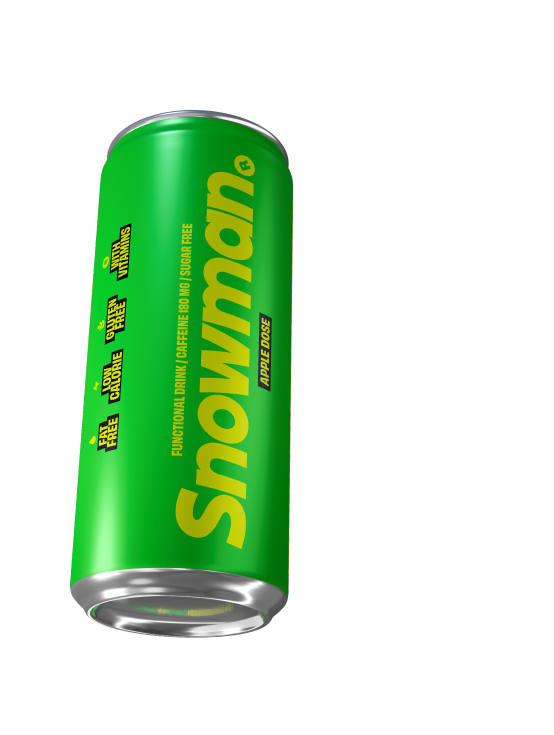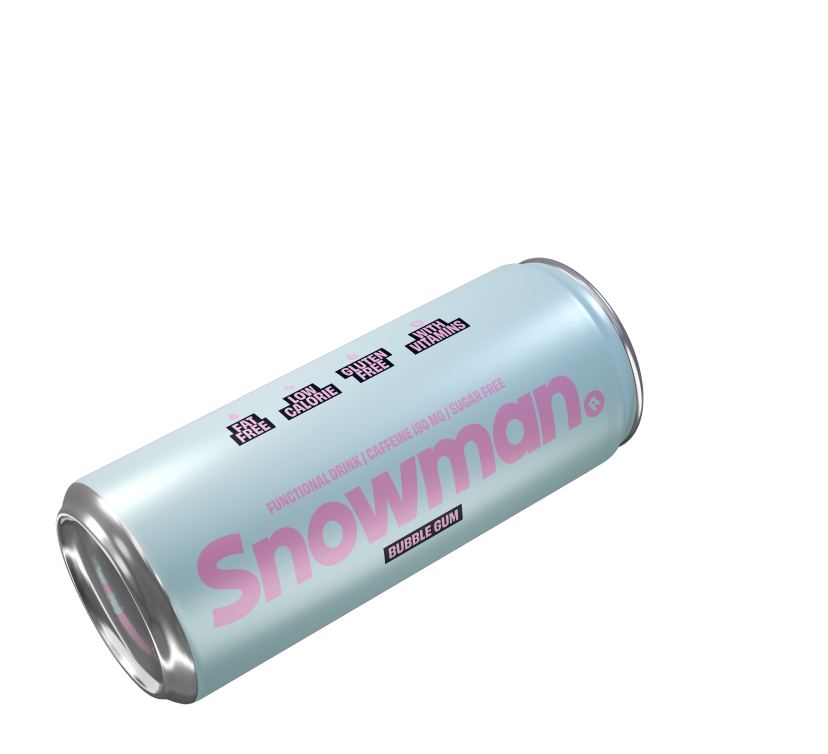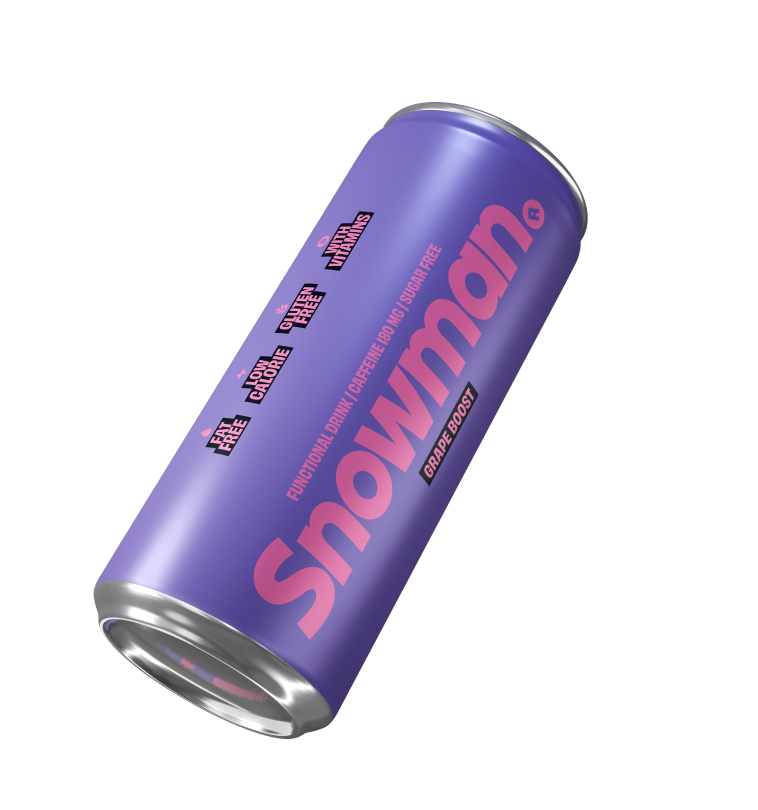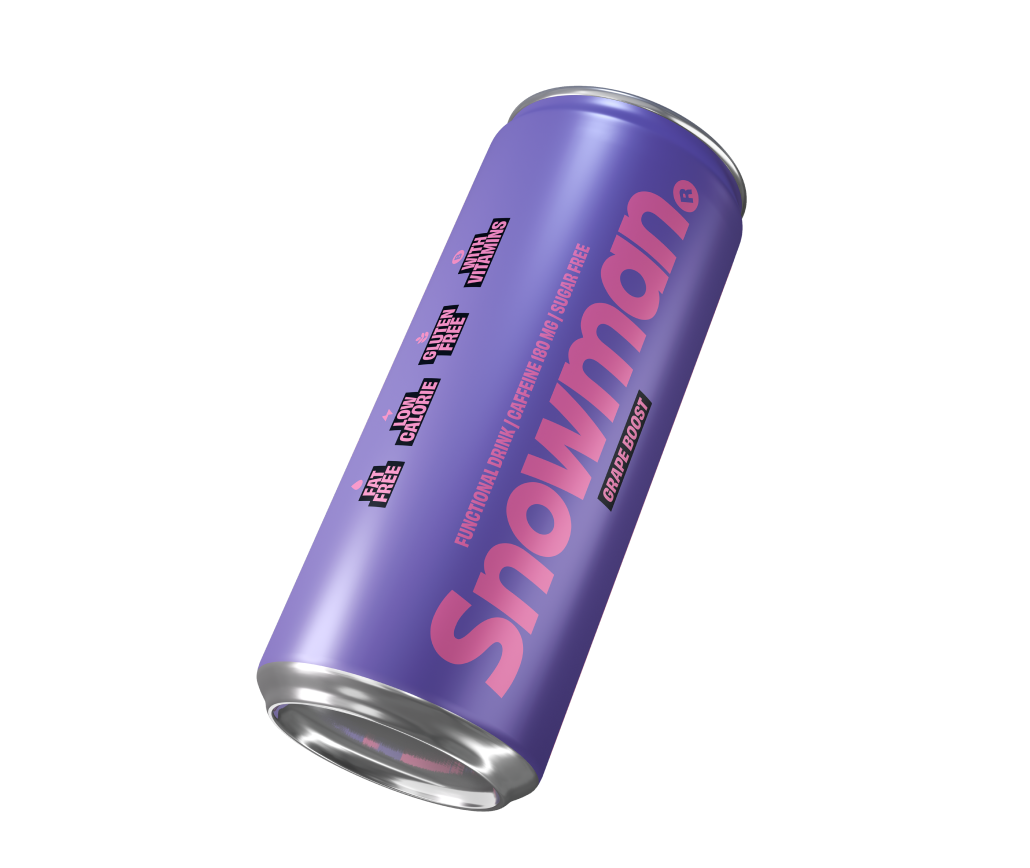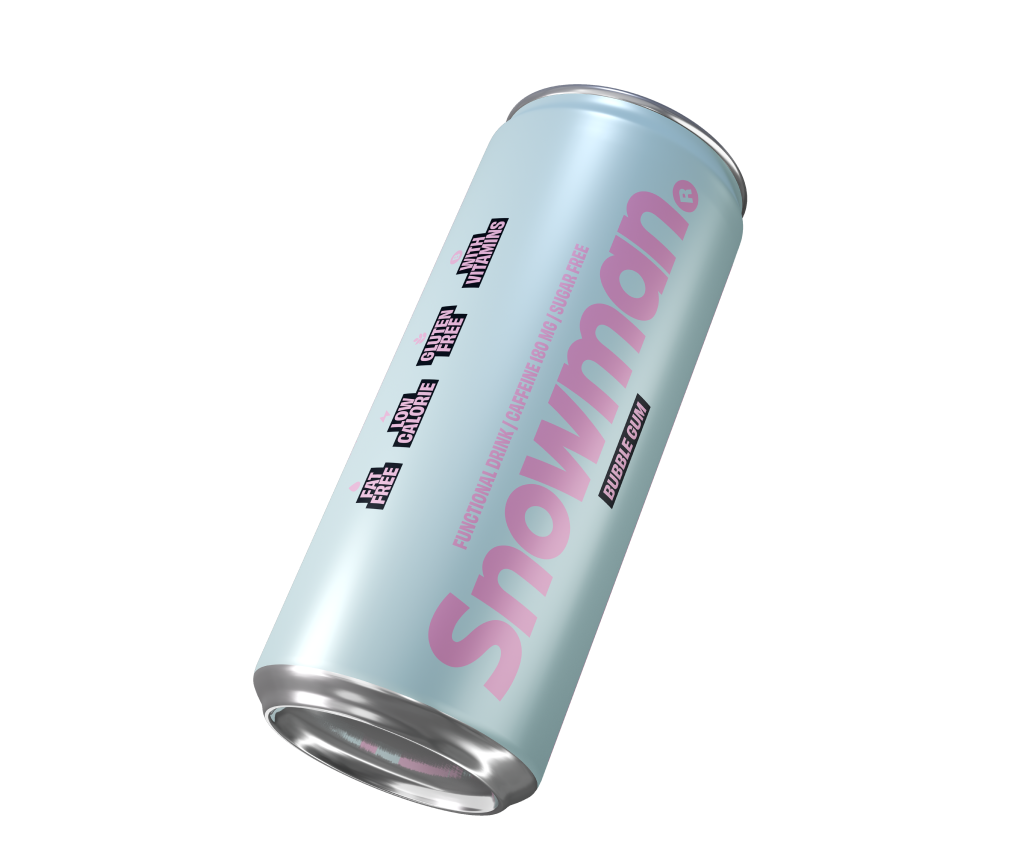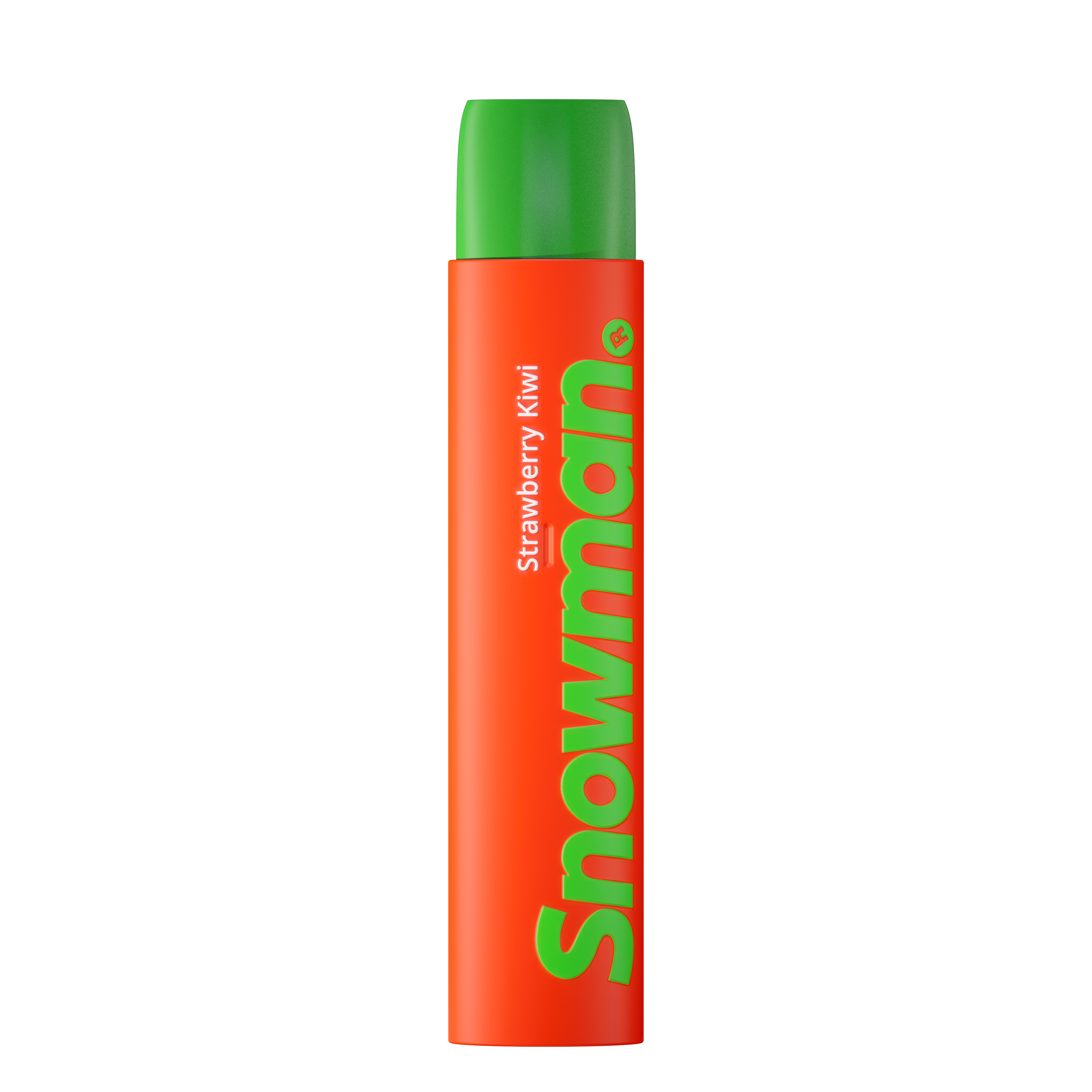
As vaping continues to reshape global smoking habits, laws and regulations have become increasingly complex. What’s legal in one country might get you fined—or worse—in another. Whether you’re a casual user, traveler, or retailer, staying informed about vaping laws in 2025 is essential.
This guide breaks down the legal landscape by region, helping you understand where vaping is permitted, restricted, or outright banned.
Global Overview of Vaping Laws in 2025
| Status | Countries |
|---|---|
| Legal (with regulation) | USA, UK, Canada, EU, New Zealand |
| Prescription-only or tightly restricted | Australia |
| Banned entirely | India, Thailand, Brazil, Singapore |
| Unregulated or loosely enforced | Some African and Asian countries |
Vaping laws are shaped by public health policy, tobacco control efforts, and youth protection concerns.
Vaping Laws in the United States (USA)
- Regulating Body: U.S. Food and Drug Administration (FDA)
- Legal Status: Legal for adults 21+
- Key Rules:
- All vape products must be authorized by the FDA (PMTA process)
- Flavored vapes are restricted in many states
- Online sales require age verification
- Taxation varies by state
State-Level Variations:
Some states have stricter laws than federal guidelines:
- California: Heavy restrictions on flavored vapes
- New York: Flavor ban in effect
- Texas: Relatively lenient but enforces federal age limit
Vaping Laws in the United Kingdom (UK)
- Regulating Body: MHRA under the Tobacco and Related Products Regulations (TRPR)
- Legal Age: 18+
- Status: Legal and encouraged as a smoking cessation tool
Regulations:
- Nicotine limited to 20 mg/mL
- Bottles capped at 10 mL
- Strict labeling and safety checks
- NHS supports vaping as harm reduction
The UK is one of the most vape-friendly countries, especially under its Smokefree 2030 campaign.
Vaping Laws in Canada
- Legal Age: 18 or 19 (varies by province)
- Federal Law: Vaping products regulated under the Tobacco and Vaping Products Act (TVPA)
Provincial Laws:
- British Columbia: Limits nicotine strength to 20 mg/mL
- Quebec: No flavored vape products
- Ontario: Retail and advertising restrictions
Canada permits vaping but strongly regulates marketing and youth access.
Vaping Laws in the European Union (EU)
- Regulating Body: Tobacco Products Directive (TPD)
- Key Provisions:
- Nicotine limit: 20 mg/mL
- Tank size: Max 2 mL
- Bottles: Max 10 mL
- Health warnings on packaging
- Advertising bans in most EU countries
Each EU country may enforce additional local rules, but the TPD provides a common regulatory baseline.
Vaping Laws in Australia
- Legal Status: Prescription-only model
- Legal Age: 18+
Regulations:
- Nicotine vapes require a doctor’s prescription
- Importation is restricted to medical use
- Retailers cannot sell nicotine vapes without special licensing
Australia maintains one of the strictest vape control frameworks in the world.
Vaping Laws in New Zealand
- Legal Status: Legal and regulated
- Key Initiative: Smokefree 2025
- Regulations:
- Age limit: 18+
- Strict advertising rules
- Nicotine e-liquids allowed
- Supports vaping as a quit-smoking method
New Zealand views vaping as a public health tool to phase out tobacco.
Vaping Laws in Asian Countries
Banned Countries:
- India: Nationwide ban on e-cigarette production, sale, and advertising
- Thailand: Vaping is illegal and can lead to arrest or fines
- Singapore: Total ban with heavy penalties
Legal/Unregulated:
- Japan: Non-nicotine vapes legal; nicotine vapes require special approval
- Malaysia: Legal but inconsistently enforced
Asia presents one of the most varied legal landscapes for vaping.
Vaping Laws in Middle East and Africa
Strict Countries:
- Saudi Arabia: Banned or tightly restricted; penalties include fines
- Kuwait, UAE: Legal but with sales restrictions and age limits
Legal Markets:
- South Africa: Legal; expected to adopt stronger tobacco-equivalent regulations in 2025
- Kenya: Vaping is permitted but under increasing scrutiny
Regulatory enforcement varies widely across these regions.
Vaping Laws in Latin America
Banned:
- Brazil: Nationwide ban on sales and import
- Mexico: Sales prohibited; growing black market
Legal with Regulation:
- Colombia, Chile, Argentina: Legal with age restrictions and basic labeling laws
Latin American nations are increasingly reviewing vape policy due to youth usage concerns.
Packaging and Advertising Regulations Worldwide
Common global standards include:
- Child-proof caps
- Warning labels (addiction, toxins)
- Banned advertising to minors
- No celebrity or lifestyle marketing
Some countries (e.g., UK, Canada) also ban in-store displays and online promotions.
Legal Age for Vaping by Country
| Country | Legal Age |
|---|---|
| USA | 21 |
| UK | 18 |
| Canada | 18/19 (province-dependent) |
| EU Countries | 18 |
| Australia | 18 (prescription required) |
| New Zealand | 18 |
| India, Thailand, Brazil | Banned regardless of age |
Always check local legal age requirements before purchasing or carrying a vape device.
Traveling with Vapes in 2025: What You Need to Know
- Airports: Most allow vapes in carry-on; liquids under 100ml; no usage on flights
- Destination Country: Check legality before packing your device
- Customs: Disclose and carry only personal-use quantities
- Prescription: Needed in Australia and some Asian countries
Failing to comply with local rules can result in fines, confiscation, or arrest.
Enforcement and Penalties for Violating Vape Laws
Penalties vary by country:
- USA/UK: Fines, product seizure
- Thailand/India: Arrest, jail time, or heavy fines
- Brazil/Mexico: Customs seizure, fines
Be especially cautious in countries with full bans or where vaping is seen as illegal drug paraphernalia.
FAQs: Vaping Laws 2025
1. Can I vape in public spaces in most countries?
No—many countries restrict vaping in indoor public places and transport.
2. Are flavored vapes legal everywhere?
No. Countries like Canada and some U.S. states ban flavors to curb youth use.
3. Can I mail vape products internationally?
Often restricted. Check postal and customs laws for both origin and destination.
4. Do vape laws apply to nicotine-free products?
Yes, in many countries—vaping devices and liquids are regulated regardless of nicotine content.
5. Is it legal to bring vapes into countries where they’re banned?
No. Doing so can result in seizure or legal action.
6. How do I check if a vape brand is legal in my country?
Consult your national health agency’s website or a local retailer with updated compliance info.
Conclusion: Stay Compliant, Stay Informed
As we move through 2025, vaping laws are more diverse—and stricter—than ever before. Whether you’re a seasoned vaper or new to the scene, it’s crucial to know your local laws and international rules.
Always buy from reputable sources, carry your device legally, and stay current with the latest changes. Vaping can be a helpful tool or a risky mistake—depending on how you navigate the global legal landscape.
